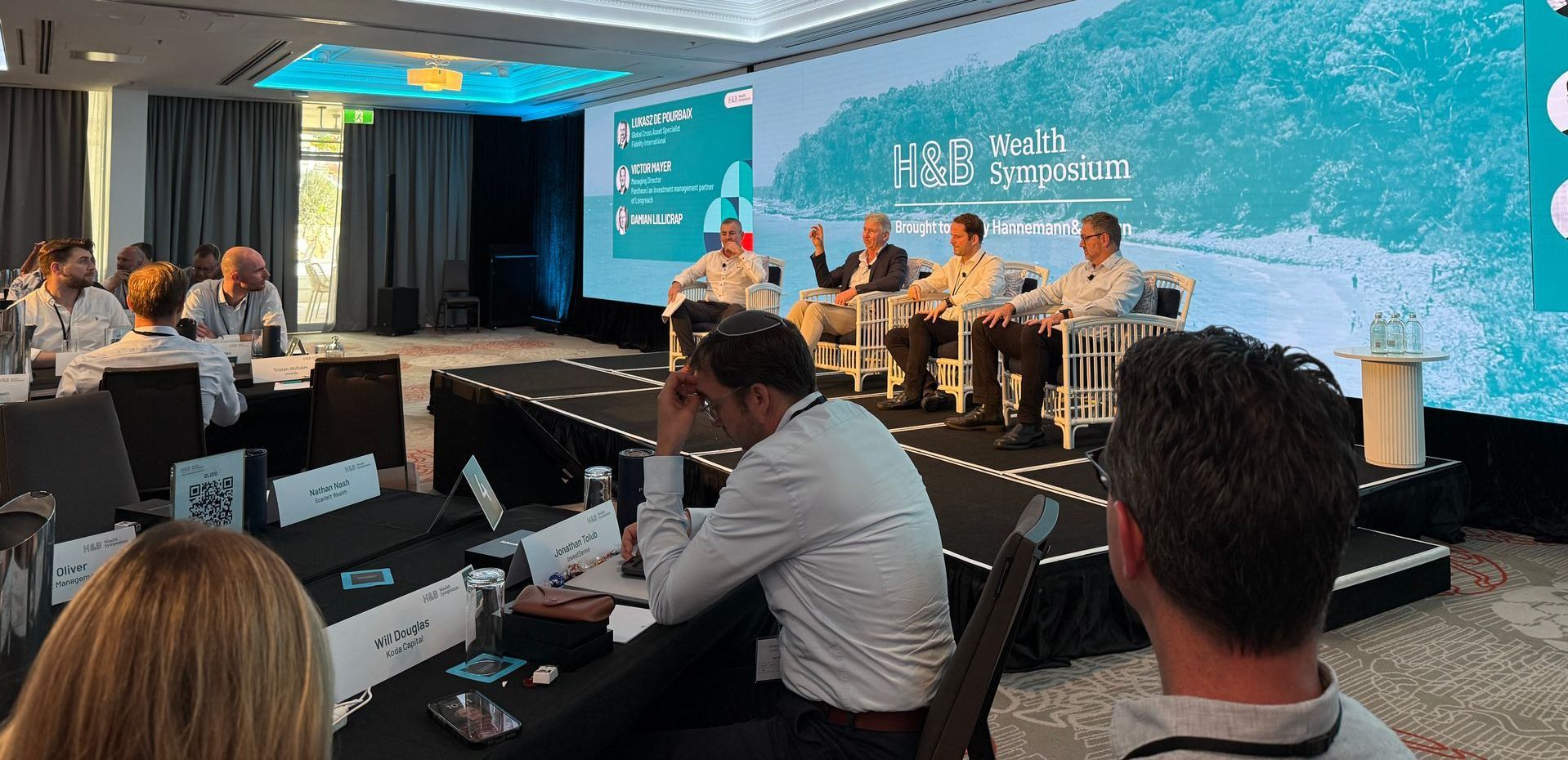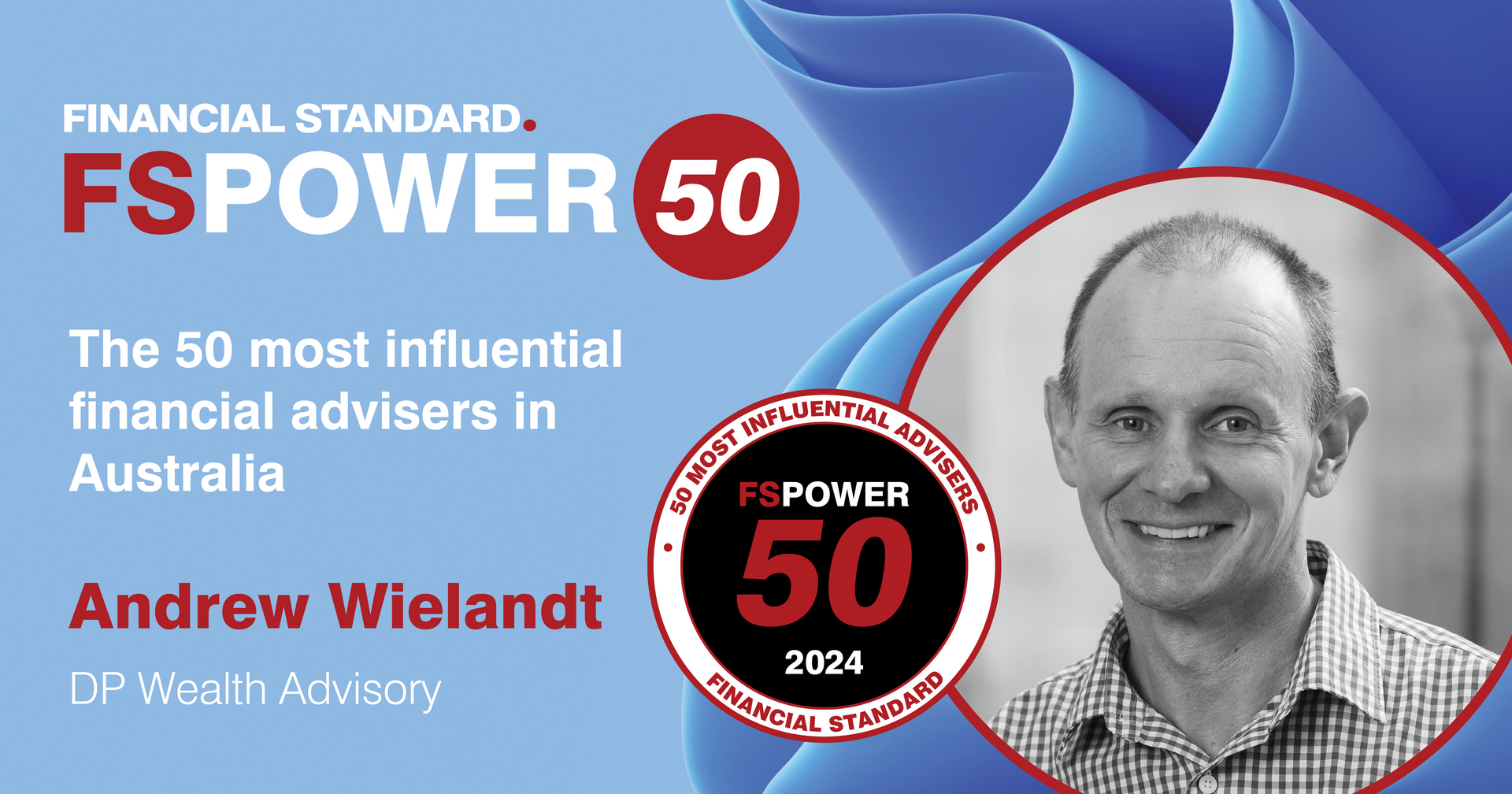Reflections on the H&B conference 2025
From shifts in U.S. policy and Australia’s market position to the growing appeal of private equity and infrastructure investment, there were plenty of takeaways for investors looking to navigate the year ahead.

Attending the H&B conference is always a valuable opportunity to gain insights into market trends, economic outlooks, and investment strategies. This year’s conference delivered key discussions that provided plenty of food for thought.
Day 1: Policy resets, economic outlooks, and market positioning
The first day opened with a discussion on America’s policy reset. Libby Cantrill from Pimco introduced the “5 D’s” of the current U.S. administration—deglobalisation, deportation, deficit-financed tax cuts, deregulation, and Department of Government Efficiency (a term yet to be clarified). While these policies may create short-term hurdles, they could be market-friendly in the long run.
Forecasts for the U.S. economy suggest 2% growth, 2.5% inflation, and two interest rate cuts in 2025. The discussion on tariffs and inflation highlighted potential benefits for energy, defence, and financial services, while healthcare and technology may face challenges.
Australia’s investment landscape was also in focus. Vivek Prabhu from Perpetual noted that fixed income markets now offer equity-like returns with more stability. Term deposits delivered a real return in 2024 for the first time in years.
Jonathan Tolub from InvestSense highlighted challenges in the ASX200, particularly limited earnings growth in banks and resource companies. However, Australia appears relatively cheap compared to global markets, with an expected return of 7–7.5% per annum.
Private credit markets were another key focus, with Frank Danieli (MA Financial Group) and Damon Shinnick (Western Asset Management) highlighting their potential for higher returns and lower volatility, albeit with illiquidity risks.
The day concluded with a discussion on infrastructure investment, particularly the growing role of AI and data centres.
Day 2: Private equity, asset allocation, and navigating uncertainty
Day two brought insights into private markets and asset allocation. Rainer Ender from Schroder Capital discussed private equity’s appeal, particularly in SMEs, which tend to have lower debt reliance and stronger pricing power. Private equity continues to outperform public markets by 4–5% per annum.
Lukasz de Pourbaix from Fidelity emphasised structured asset allocation using a scenario-based approach. Fidelity remains positive on mid-cap equities, neutral on duration, and sees opportunities in Australian government bonds and a strong USD.
Victor Mayer from Pantheon highlighted the growing role of private equity, infrastructure, and private credit, with returns ranging from 6–12% per annum in private credit and 10–25% per annum in private equity.
Damian Lillicrap (formerly of QSuper/ART) reinforced the importance of long-term asset allocation and dynamic risk management, noting that portfolio risk is easier to measure than returns and should be reviewed on a three-year horizon.
Chad Padowitz from Talaria warned about high U.S. market valuations and advocated for diversification beyond mega-cap stocks. He also highlighted AI’s potential to transform pharmaceuticals by accelerating drug development.
The conference wrapped up with Jason Petras from Resonant Asset Management, who discussed navigating global uncertainty through Australian bonds, long/short funds, and active global equity management.
5 Key takeaways for investors
- Macroeconomic shifts: With U.S. policy changes, interest rate cuts, and inflationary pressures, investors should remain adaptable.
- Australia’s market position: While the ASX200 faces earnings growth challenges, select sectors present opportunities.
- Private markets’ appeal: Private equity and private credit offer strong returns for investors willing to trade liquidity for performance.
- Diversification beyond the U.S.: High U.S. valuations make alternative geographies and sectors more appealing.
- Infrastructure’s evolution: AI and data centres are emerging as key long-term investments.
The insights from this year’s H&B conference reaffirm the importance of a well-diversified, long-term investment strategy.
At DP Wealth Advisory, we remain committed to guiding clients through these complexities to position them for the future.
If you’d like to discuss how these insights apply to your portfolio,
reach out to our team—we’re here to help you make informed, strategic investment decisions.

DP Wealth Advisory Pty Ltd ABN: 68 107 237 196 is a holder of an AFSL 277493 (effective 23rd September 2004).
Andrew Wielandt, Michael Doherty, Dan Marks, Rod White and Jye Berghofer are all Authorised Representatives of DP Wealth Advisory Pty Ltd (effective 5 October 2021).
DP WEALTH ADVISORY | Website by dms CREATiVE



